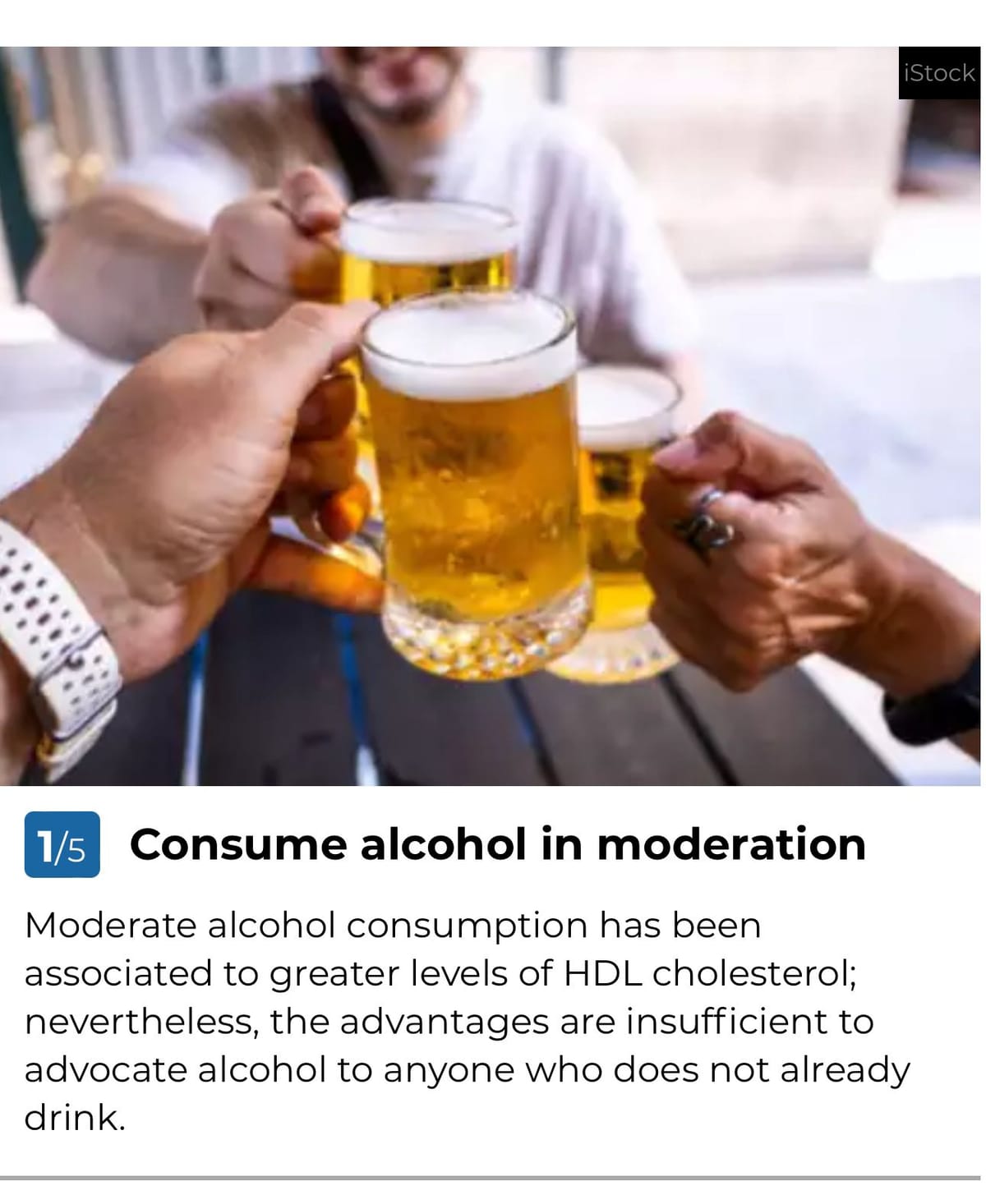Lies packaged as truth

How do you persuade someone of a lie or untruth? It is surprisingly simple.
You mix up your lie with a bunch of stuff that no one in their right mind would deny.
Recently, I read an article. “Top five ways in which you can lower cholesterol. Reduce weight, improve nutrition, exercise.” Obviously all good advice.
Alongside was the suggestion that drinking moderate amounts of alcohol could lower cholesterol.
They used language to diminish the strength of the argument. But it is easy to identify the lie.
Lies when placed alongside the truth plays a trick with your mind.
Your mind struggles to differentiate. It assumes that the lie must be true. After all, all the others are beyond doubt.
The phenomenon is called the illusory effect. A lie packaged with the truth or a lie repeated until you can’t tell the truth.
The illusory truth effect was first discussed in a 1977 research paper by Lynn Hasher, David Goldstein, and Thomas Toppino.
In fact, research is conducted on how best to package the lies. When should you mention the lie: up front, in the middle, or at the end after creating trust? Information is then packaged accordingly.
How can you overcome this bias?
Being aware is a start. As the famous Daniel Kahneman told us, your brain is lazy. It avoids deep thinking. So bringing your awareness forces your brain to distill the information.
Be cautious about where you are searching for information. There are obvious places that are built to titillate. Their goal is to make your lazy brain work and leave a lasting impression.
Especially when confronted with information that is vital to you, be critical in your approach.
Imagine you are a gold trader checking on the price of gold. Where would you go or who would you ask?
Use the same mindset for other things that affect your life.
Reach out to me on twitter @rbawri Instagram @riteshbawriofficial and YouTube at www.youtube.com/breatheagain






